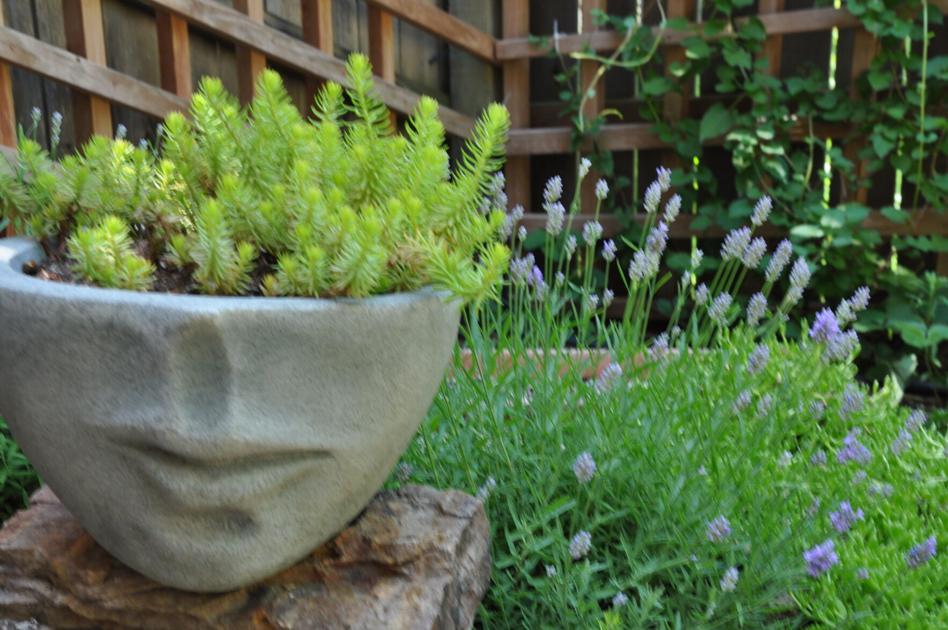Gardening all year round: there is a lot of gardening to do in June | Way of life
Spring brought beautiful, early-flowering perennials and flower bulbs to adorn our gardens in bright colors. Trees and shrubs have bloomed and leafed. The lawns have become a beautiful green carpet. You would think you can just sit back and enjoy. Not so fast – as we head into early summer, there is still work to be done.
• It is still a good time to divide overgrown perennials to thin them out. When perennials become overcrowded, they are more susceptible to diseases like powdery mildew. Not all perennials tolerate division, so be sure to know if the plant will benefit from division at this time. Ornamental grasses should also be divided every three or four years to keep them healthy.
• Take these secateurs. Regularly peeling your annuals will keep the flowers coming. Some perennials will flower a second time if they are brought back to basal foliage after flowering. These spring-flowering shrubs may require pruning as soon as the flowers have faded.
• If the mulch on your flower beds is tangled, compacted and bleached by the sun, you can turn it to loosen it and revive the appearance as well as for better water absorption. If it has rotted or thinned, apply new mulch to a depth of 3 to 4 inches. Mulch will prevent weed germination, reduce surface evaporation, and retain soil moisture.
• Inspect your plants for the first signs of insects and disease. Early detection will facilitate control. Aphids can be stopped dead in their tracks with a sharp jet of water. Identify the insect or disease causing the problem so you know how to treat it. If the damage is minimal and you can live with a few chewed leaves, do nothing or eliminate the attackers like grasshoppers. Use the least toxic pesticide possible to reduce damage to pollinators, starting with horticultural oils. Be sure to read the labels and follow the application directions.
• Continue to maintain good lawn management practices. A healthy lawn is your best defense against weeds and disease. Check the sprinkler heads to make sure they are functioning properly and not missing any spots. The mowing height should be 2.5 to 4 inches – the higher the better. Never remove more than 1/3 of the blade of grass at a time and leave the clippings on the lawn. Keep the mower blade sharp. As summer approaches, you may need to increase your mowing frequency and increase irrigation to two to three times a week between 9 p.m. and 9 a.m.
If you didn’t rote aeration, apply a postemergence herbicide or fertilize in May, do it now. June is a great time to reseed bare spots.
Submit your gardening questions to [email protected] or call 520-7684. In-person support is open 9:00 am to noon and 1:00 pm to 4:00 pm on Mondays and Wednesdays at 17 N. Spruce St. Find on Facebook at Colorado Master Gardeners – El Paso County.

